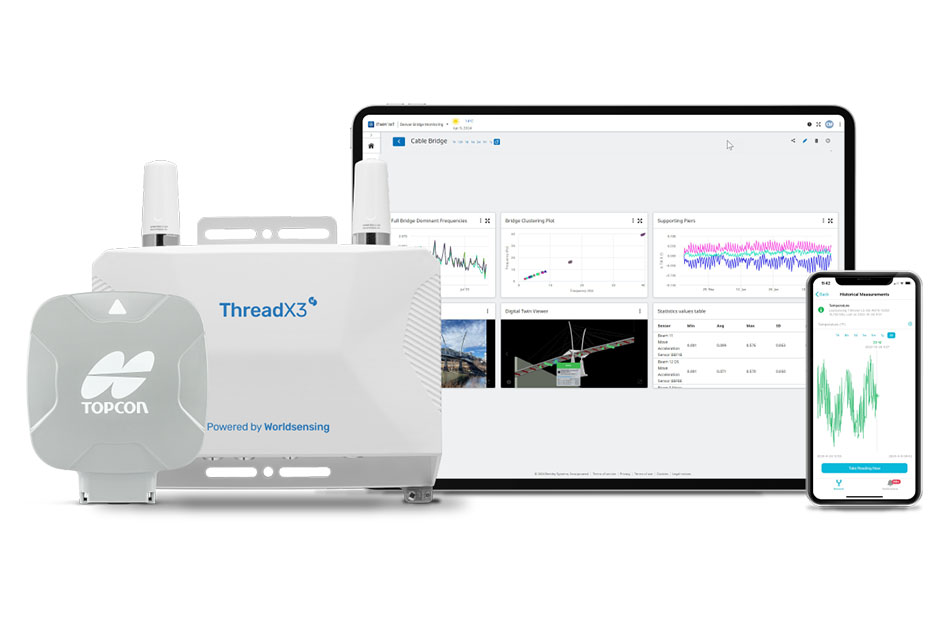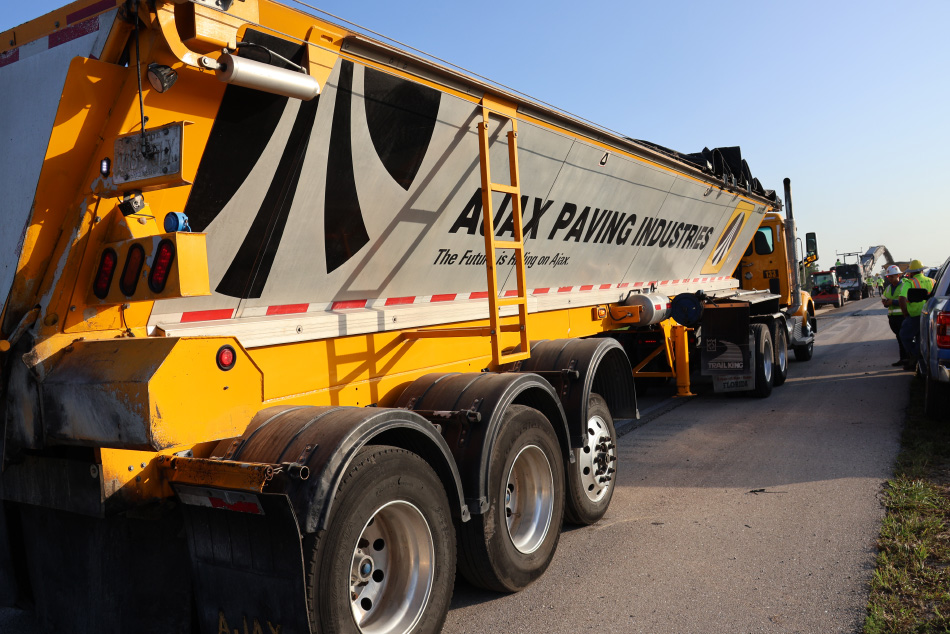The Universal Truth
Universal Forming, Inc. (UFI) was created in 2005 when Bill Nagele and Todd Volheim brought their combined 40 years of successful concrete construction experience to bear. Intent on establishing a company that could expertly build and construction-manage large, complex concrete structures, UFI was born. Today, the company employs more than 400 people, has weathered downturns that others couldn’t, and has established itself as one of the leading concrete structure builders in the state of Florida. It has done so largely because of an unflagging commitment to excellence in quality, safety, and adherence to schedules. According to Nagele, there is a definite correlation between what he loves away from the job site and the way his company performs.
“I own the company, but at heart, I am a production person and always have been,” he said. “When I was younger, I would watch guys work and instantly spot ways in which they could improve their efforts. If they were putting two nails per foot, I could see that putting one nail every ten inches could save time without forsaking quality. And I think that’s why we’ve been successful as a company; we are far more productive than our competition.”
That focus on productivity extends to Nagele’s choice of instrumentation used for layout.
He said he’s been doing work of this type since he was 15 years old — he started out working with a Wild T-1 theodolite — and he’s seen an amazing evolution of survey technology along the way. His survey gear preference leans toward those that can provide the accuracies demanded on the job site but are also easy for his crews to understand. Those criteria, he said, led him toward Topcon.
“I liked the fact that Topcon solutions were designed for simple operation, which meant I could easily train my staff,” he said. “That helped us really get going in the early days. Once we got into it, however, we went full bore into total stations, then added a prismless capability; as a company, we evolved right along with the technology.”
Resistant to Change
That evolution hit something of a speed bump when robotics entered the scene as a means to further enhance total station performance. While many of UFI’s younger and more tech-savvy personnel embraced the technology and saw the benefits it could provide, a good many of the “seasoned” crew members were resistant — and remain so to this day, said Nagele.
“It’s a tough sell to a person who will not even use the simplest of data collectors,” he said. “What I see as streamlining the workflow, they see as threatening to take their jobs away. However, I currently have a little more than half of my people embracing the solution and that number will continue to climb as the older personnel retire.”
He added that, because Florida is such a transient state, getting workers to buy into construction as a career is challenging enough. Getting people who are capable of tackling some of the math associated with layout is another matter entirely. “The robotic unit takes some of that heavy reliance on math skills out of the equation, broadening the labor pool for us. And the simplicity of the solution makes it much easier to train a person in layout work. The ones who use this robotic total station on a regular basis swear by it. Unlike the older crew members, there’s no need to convince them of its value.”
















